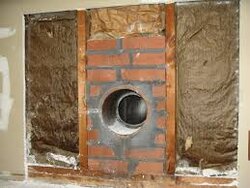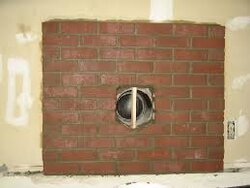Hello, I'm trying to see what the clearances are for non-combustible walls. I looked through the manuals and all relate to clearances of combustible walls. I have used the stove for years but just now really learning how it works. As it sits now the stoves top plate is 8" from masonry wall. The rear legs are 10" from wall on brick hearth. Front legs are 18" from the front edge of hearth. 6" pipe going through 10” thimble wrapped in insulation into a 6" flexible single wall corrugated pipe. The chimney pipe is in a terracotta brick chimney with granular cement insulation. I noticed last night that the masonry wall was hot and could not touch it directly behind the stove. The masonry seems to be attached to fire rated drywall. It has a hallow sound when tapped on. What should the distance from the top plate to wall be from the masonry wall?
I don’t see any type of UL label or plate. The SN is FS01-16265
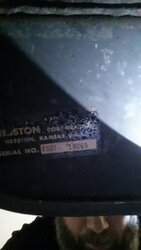
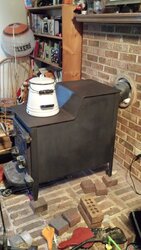
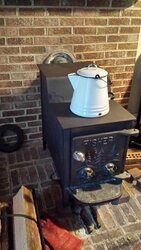
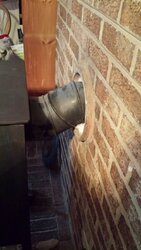
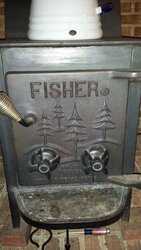
I don’t see any type of UL label or plate. The SN is FS01-16265








